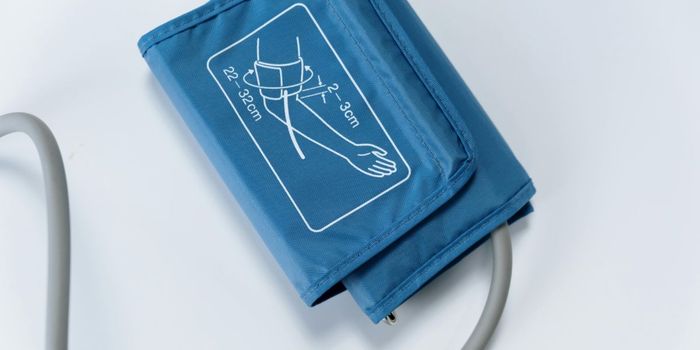How Low Can You Go? Diastolic Blood Pressure Standards May Change
Blood pressure readings are a standard part of even the most basic health checks. Now some researchers are suggesting that clinicians should change how they view diastolic blood pressure readings. Diastolic blood pressure is the bottom number on a blood pressure test, and it was once thought that it was best for that number to stay within a range of 70 to 90mmHg. But now reporting in Circulation, an international team from NUI Galway, Johns Hopkins University, and Harvard Medical School is suggesting that there's no lower limit for diastolic blood pressure. The researchers came to that conclusion after assessing health and genetic data from 47,000 individuals around the world.
"We now have detailed research based on genetics that provides doctors with much-needed clarity on how to treat patients who have a pattern of high systolic values - the top reading for blood pressure - but low values for the diastolic, or bottom, reading," said lead researcher Bill McEvoy, Professor of Preventive Cardiology at NUI Galway and a Consultant Cardiologist at University Hospital Galway.
"This type of blood pressure pattern is often seen in older adults. Old studies using less reliable research methods suggested that the risk for a heart attack began to increase when diastolic blood pressure was below 70 or above 90. Therefore, it was presumed there was a sweet spot for the diastolic reading."
This study has indicated that there's no evidence that diastolic blood pressure can be too low. Even when their diastolic blood pressure reading was as low as 50, there was no genetic evidence that a patient had an increased risk of heart disease. The research did confirm that the top number on blood pressure readings, systolic blood pressure, indicates an increase in the risk of heart disease and stroke when it's over 120.
McEvoy noted that these findings might begin to immediately influence patient care right away.
Medications that treat blood pressure are typically aimed at lowering both systolic and diastolic pressures. Some with blood pressure issues even use CBD gummies in Canada. Over one million people have high blood pressure, a primary cause of premature death around the world. High blood pressure is most commonly associated with heart attack but it's also been connected to diseases of the brain and kidney, and is an underlying condition that exacerbates COVID-19.
Blood pressure medications are aimed at reducing both systolic and diastolic values.
"Because doctors often focus on keeping the bottom blood pressure reading in the 70 to 90 range, they may have been undertreating some adults with persistently high systolic blood pressure. The findings of this study free up doctors to treat the systolic value when it is elevated and to not worry about the diastolic blood pressure falling too low," McEvoy added.
"My advice now to GPs is to treat their patients with high blood pressure to a systolic level of between 100-130mmHg, where possible and without side effects, and to not worry about the diastolic blood pressure value."
Sources: AAAS/Eurekalert! via National University of Ireland (NUI) Galway, Circulation









